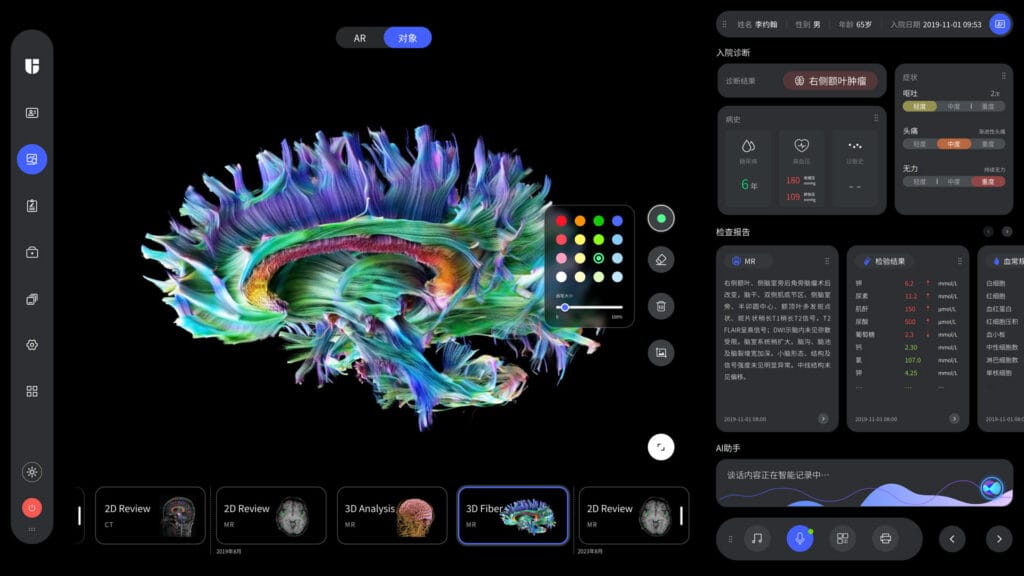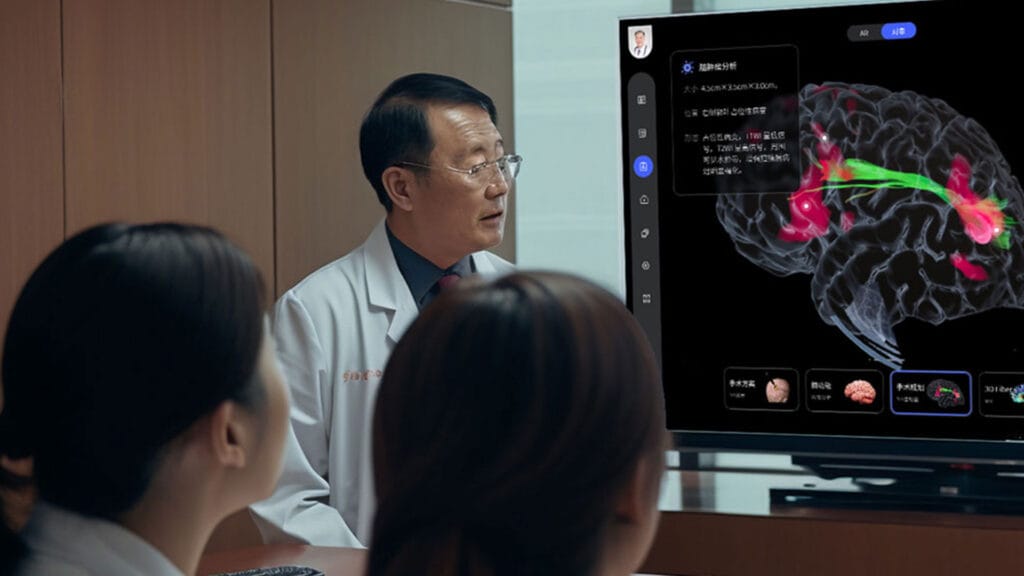
16 Jan Light of Design, Lighting the Bridge between Doctors and Patients – Inclusive Design Center Member Wins Pioneer Award at “Better Design, Better Life” International Design Competition!

In the era of innovation and humanistic care, a carefully crafted design is like a key that tries to unlock the door to change the world. Recently, LI Wanying, a member of the Inclusive Design Center, won the Pioneer Award in the Conceptual Category of the 2024 “Better Design, Better Life” International Design Competition with her work, “uMeta CareLink Doctor-Patient Communication Visualization Service System”! While congratulating Wanying on this award, we also invite her to share the meaning behind her work, which is worth digging deeper into, so as to inspire more people to pay attention to and think about the field of healthcare design and inclusive design.
The Story Behind the Design
The doctor-patient relationship has always been a complex and delicate part of society. In our life, we often see that patients are full of doubts due to the lack of medical knowledge, and healthcare professionals are busy with their work and have difficulty in explaining their conditions clearly in a short period of time, and this miscommunication is like an invisible wall that hinders the smooth implementation of healthcare services. Designers keenly captured this pain point, and with extraordinary creativity and deep empathy, the “Doctor-Patient Communication Visualization Service System” was born. The design is like a ray of light that offers the possibility to break the deadlock.
Design Reveal


uMeta CareLink Doctor-Patient Communication Visualization Service System is applied to the communication scenarios between doctors and patients, in order to solve the pain points and needs of doctors and patients before, during and after the communication between doctors and patients, based on the cross-end design and multi-end synergy, to help doctors and patients communicate with each other efficiently, and to help doctors analyze and explain the condition intuitively for the patients’ foci through the generation of visualized 3D models by the patients’ image data, and at the same time, combining with the AI capabilities for patients to quickly present visualization of the comparison of surgical plans, medical science content, assisting doctors and patients to work together.



The uniqueness of this system is that it skillfully integrates visualization elements into doctor-patient communication. Imagine, when complex medical data is displayed through an intuitive graphical interface, when the treatment process is presented to the patient in a lively and interesting interactive form, the patient is no longer worried about a pile of unintelligible words and cold examination reports, they can easily understand their own physical condition. For healthcare professionals, this is also a new way of communication, which can convey key information more efficiently and reduce unnecessary misunderstandings.
The Power of Inclusive Design
The innovative design of the “Visualization Service System for Doctor-Patient Communication” not only highlights the ultimate pursuit of medical efficiency, but also deeply practices the core concept of inclusive design – letting design truly serve everyone, regardless of their age, ability and cultural background. How. It is a powerful demonstration that when design incorporates a deep understanding of and respect for human nature, it can create solutions that push the boundaries of tradition and provide a powerful impetus to the overall well-being of society.
Moment of Honor, Vision of Future
We firmly believe that the “Visualization Service System for Doctor-Patient Communication” will continue to shine in practice and be optimized and upgraded, injecting more warmth and wisdom into the doctor-patient communication, helping every treatment to be precise and efficient, and every care to be deeply rooted in people’s hearts, so as to push the doctor-patient relationship towards a more harmonious future.
Let’s walk hand in hand, continue to explore and climb the peak in the vast world of design, and use creativity to light up the light of hope for more lives! Sincere thanks to everyone who cares about and supports the Center for Inclusive Design, it is your encouragement and companionship that make our journey full of strength and hope!
The purpose of this article is to celebrate this honorable moment, share the power and charm of design, and hopefully inspire more people to pay attention to and think about the field of healthcare design and inclusive design. Let’s witness together how design continues to make a positive impact on the world and write a better chapter for the future!

